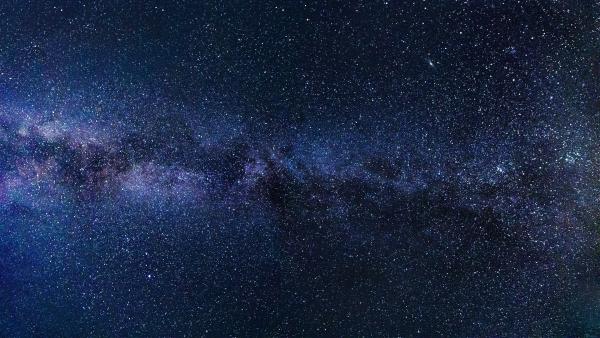Of all the Anthropocene pollutants, light polluting the night skies seems to be the most benign. Sure, there are studies suggesting health impacts. We are circadian creatures, and artificially prolonging the day, say with daylight savings time, has known, if transient, changes in our behavior. And, of course, there are concerns about too much of that blue screen light, although I think it may be what we see that is more deleterious than the blue tinge to the image. One form of light pollution is glare, brightness that is discomforting, e.g., driving west as the sun sets. The other form is skyglow.
Skyglow is a natural phenomenon; moonlight is a form of skyglow. But the skyglow of concern is horizontal light, primarily from man-made fixtures, that ultimately scatters upwards, interacting with the particles in the air to create a diffuse glow – more lights, more glow. For astronomers, this has been a problem for some time; Hubble and the James Webb Space telescopes get around the problem. Not so for the rest of us.
In 2016 the first World Atlas of Artificial Sky Brightness was published based on satellite data. A new study in Science suggests that it underestimated the problem. That is unusual because, generally, our measurements become more, not less precise. The study recruited citizen scientists globally, providing them with a star map of their location and asking them to report how many stars they actually saw. Leaving aside the vagaries of different visual acuity and weather, the researchers compared the reports of our naked eye to those of the satellites. While human reports easily matched the regions identified by satellites, humans saw far fewer stars.
They estimated that in North America and Europe, where they had the most citizen-scientist reports, we lose another 10% of stars to skyglow yearly. Over the eighteen years of our childhood, 100 of the 250 stars we might see disappear. Satellites underestimate that trend.
Part of the discrepancy lies in what the human eye and satellites see. Human vision, tuned to millions of years without artificial light, is sensitive to light in the range of 380 to 700 nanometers. Satellites can’t “see” below 500 nanometers, which is the top of the range for LED lighting, typically in the 400 to 500-nanometer range. Let me quickly add, as did the researchers, that the impact of increasing LED lighting on skyglow is “unclear.” But it is an intriguing notion that the push for LEDs to save energy would have an unanticipated downstream impact as the Milky Way disappears.
All is not lost. The International Dark-Sky Association lists national and international parks where skyglow is limited, and you can see the universe around us. If you looked at the link to the World Atlas of Sky Brightness, you know most of our dark skies are in the West, but for the adventurous, Cherry Springs State Park in Pennsylvania is the darkest sky east of the Mississippi.
Source: Citizen scientists report global rapid reductions in the visibility of stars from 2011 to 2022 Science DOI: 10.1126/science.abq7781





